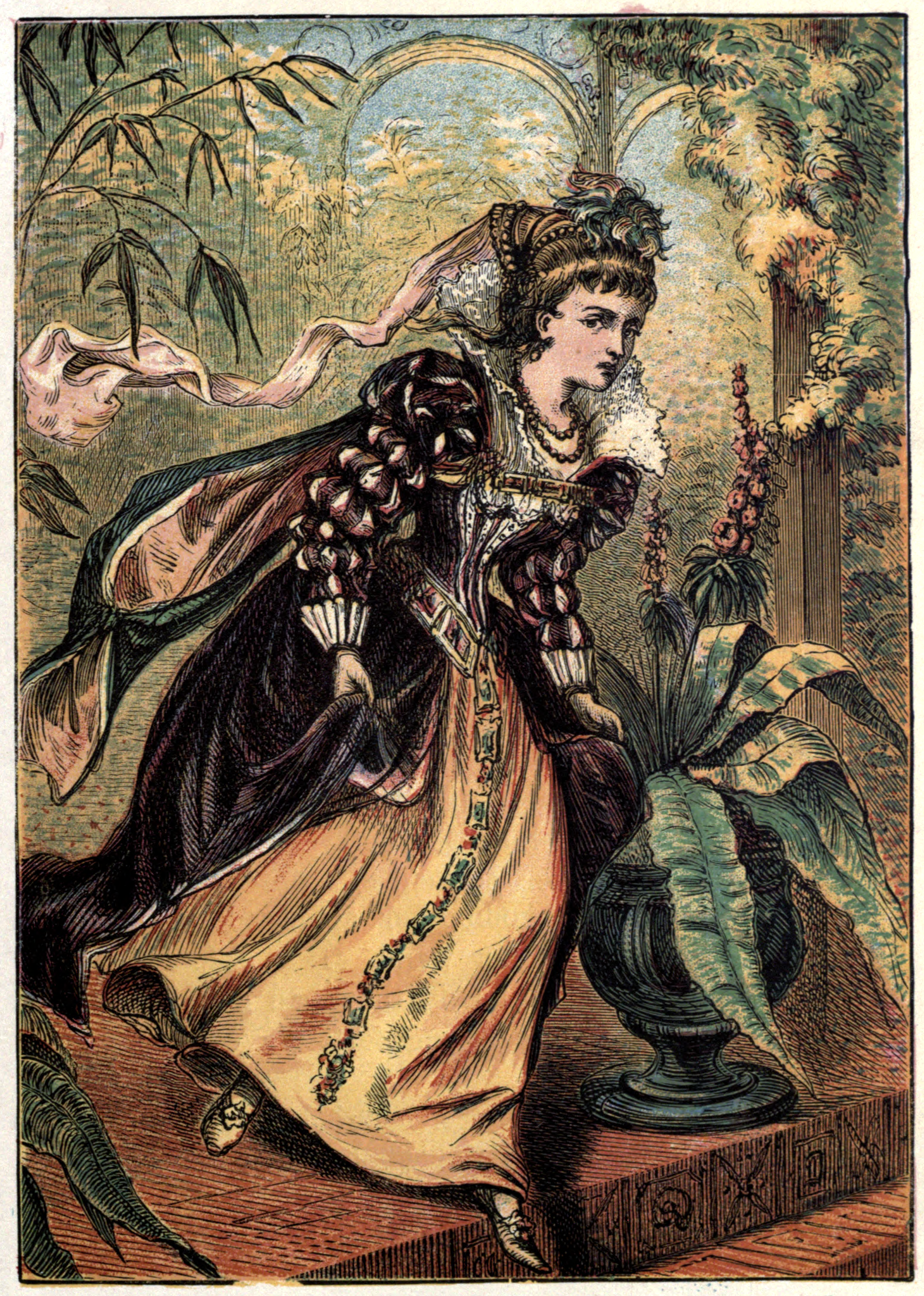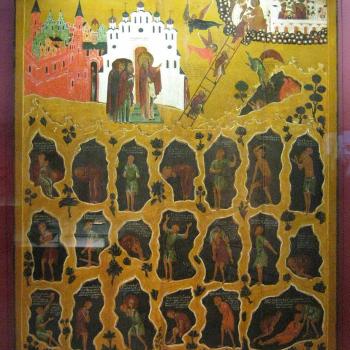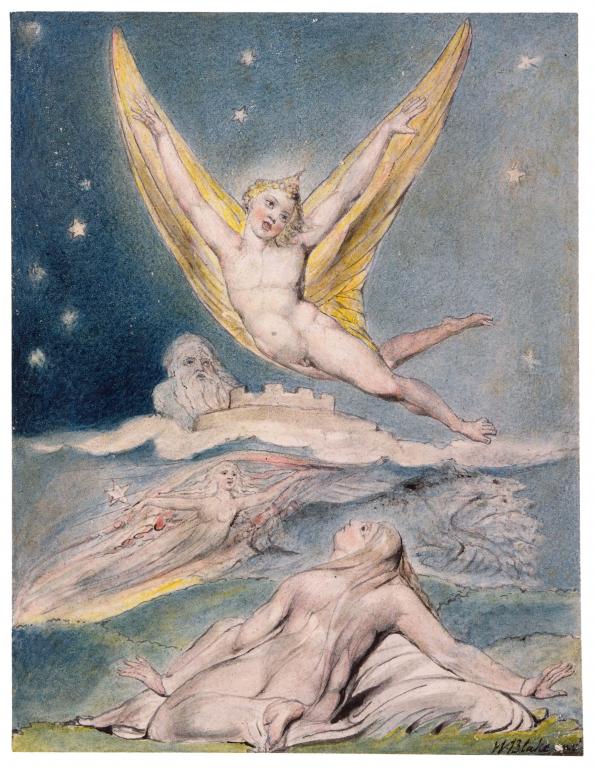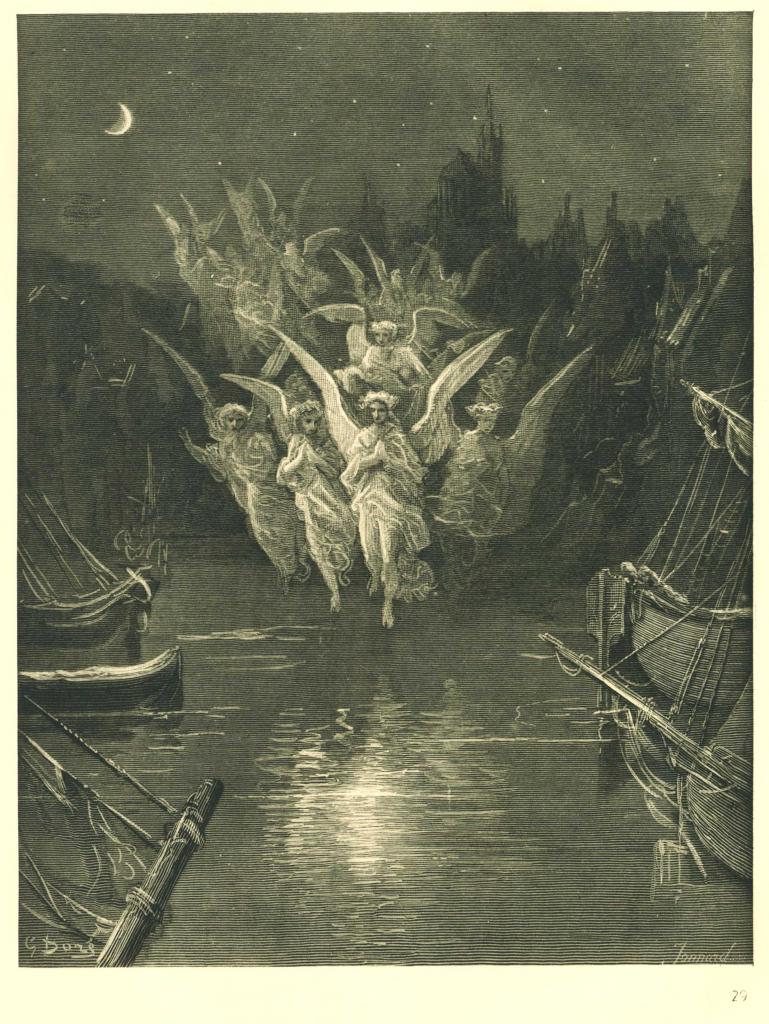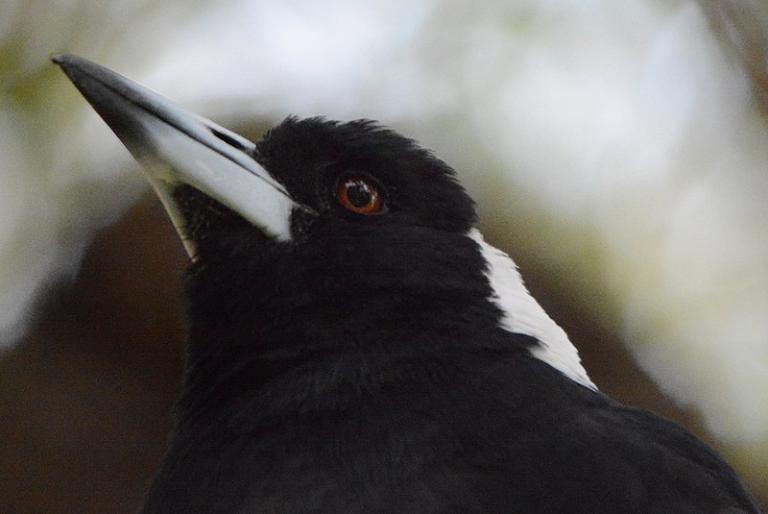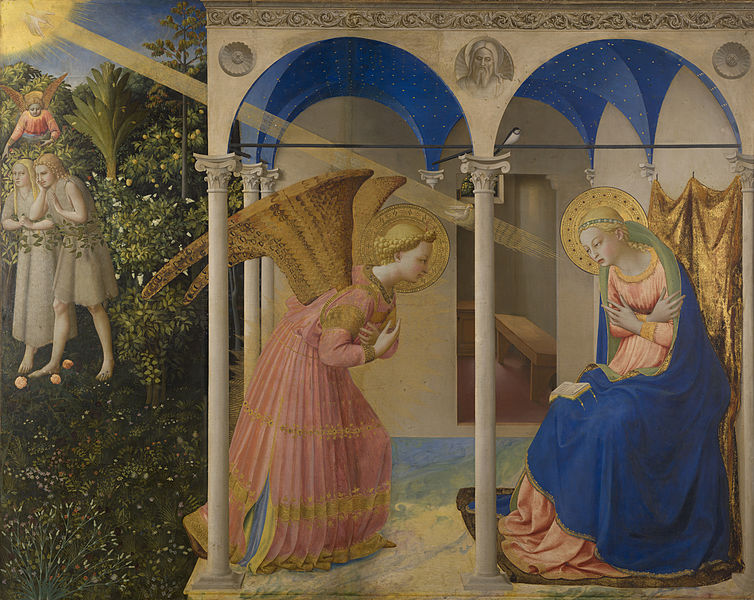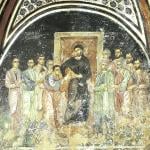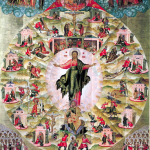David Russell Mosley
Christmastide
St Basil and St Gregory of Nazianzus
2 January 2015
The Edge of Elfland
Hudson, New Hampshire
Dear Friends and Family,
The first fairy godmother I want to look at is Cinderella’s. The first thing to note is that she does not appear in the Grimm’s version of the tale. I could speculate what that might say about early nineteenth century Germany and the nature of protestantism, or why it is in the more Catholic French version of the story where the godmother appears, but I won’t, not fully anyway. So, it is to the Charles Perrault version of the story I must turn. I must admit upfront, I am using an English translation (my French is so poor, poor is not an appropriate enough term for it), and it is from Andrew Lang’s Fairy Book editions. Now, to the fairy godmother.
She first appears after Cinderella watches her step-family go off to the king’s ball. At first all were told is that her godmother sees her crying and asks why. Cinderella tells her and then Perrault writes, ‘This godmother of hers, who was a fairy, said to her, “You wish that you could go to the ball; is it not so?”‘ Her being a fairy is presented in an incidental way. She’s her godmother, and she’s a fairy. But then another unexpected layer is added.
Not only is she a godmother and a fairy, but she apparently has a chamber either in the house or on the grounds, ‘Then she took her into her chamber, and said to her, “Run into the garden, and bring me a pumpkin.”‘ Now this need for Cinderella to go into her godmother’s chamber before going into the garden suggests to me that the godmother’s chamber serves as a kind of threshold into Faërie. It is from a garden accessible from her godmother’s chamber that she must go to to get the pumpkin which will become her chariot as well as the lizards who become her footmen.. It is from a mousetrap in her chamber that the mice who become horses are collected as well as the rat who becomes her coachman. Aside from the prohibition necessary to a fairy tale according to Tolkien (the midnight curfew), the only other role she plays in the story is to transform Cinderella’s clothes when the prince finds her showing to her step-family the true beauty she has always had.
Following on Pickstock’s discussion of godparenthood, we do see some fairly standard godparent duties being discharged. Pickstock writes of godparenthood, ‘It represented the creation of a formal ritual friendship, symbolized by gifts and festivals, to which natural kinship could only aspire.’ Cinderella’s godmother is most certainly a gift-giver and the gifts she gives are to allow Cinderella to attend a great festival. Now it is likely this is not the kind of festival Pickstock had in mind, but there is nevertheless an inherent relationship between giving gifts and festivals cementing Cinderella’s relationship to her godmother. Also, there is certainly a compaternitas here, as the godmother is a better kin/parent than those closest to her, her step-mother and step-sisters. And then there is the psuchic, or spiritual/soulish nature of the care that is meant to be provided by a godparent. It is easy to pass over, but when Cinderella tells her godmother that she does wish she could attend the ball, her godmother says, ‘”be but a good girl, and I will contrive that you shall go.”‘ Cinderella has already proved herself a good girl. We are told about Cinderella that she was ‘of unparalleled goodness and sweetness of temper, which she took from her mother, who was the best creature in the world.’ That her stepmother ‘could not bear the good qualities of this pretty girl, and the less because they made her own daughters appear the more odious.’ But what is more, Cinderella herself is more than beautiful, she is truly good and shows it in the way she handles her abuse, ‘The poor girl bore it all patiently, and dared not tell her father, who would have scolded her; for his wife governed him entirely.’ Also, the stepsisters, in their preparations for the ball, which Cinderella will not attend, ‘They also consulted Cinderella in all these matters, for she had excellent ideas, and her advice was always good. Indeed, she even offered her services to fix their hair, which they very willingly accepted.’ Even at the Ball where she might rub her newfound clothing and situation in her step-sisters faces, rather ‘She went and sat down by her sisters, showing them a thousand civilities, giving them part of the oranges and citrons which the prince had presented her with, which very much surprised them, for they did not know her.’ It seems clear that Perrault’s Cinderella is the unification of truth, goodness, and beauty and it is her godmother who helps bring this out and make it evident both to herself and to her step-family. And this leads to the spiritual uplifting of the step-sisters as much as it does to the change in station of Cinderella. Clearly, then we can say that the fairy godmother was not godmother only to Cinderella, but to her whole family, again as Pickstock suggests, ‘Its principle was that of compaternitas, which affirmed that a godparent was kin not only to the child, but to his natural family as well.’
This leads me finally to observe what role Faërie plays in all of this as well. Clearly, if all we see the godmother as doing is providing Cinderella with a ride and beautiful clothes, then a rich aunt or grandmother or human godmother [or a famous Renaissance painter as the demythologised version starring Drew Barrymore had it] might have served just as well. Yet it is a fairy godmother and the riches she provides are not initially lasting. As she returns from the second day of the ball she is dressed in rags having only one glass slipper left from her previous magnificence. So it is more than the finery, the ornamentation that she provides. It is, as I said above, the spiritual or psuchic parenting that she provides and in a way befitting Faërie, which isn’t simply to say the magic. Yes, the fairy godmother uses a wand and performs magic, but it is so much more than this. What she does is what, I have argued, Faërie/Fantasy in general do, she rendered Cinderella strange in order for others––the Prince, her step-family––to see her for who she truly is: beautiful, good, and true. This is why she must be a fairy godmother, for only in this way, in this marriage of the Kingdom of God and the realm of Faërie can we see the coincidence of truth, beauty, and goodness in a world that is often dressed in the rags of familiarity and even fallenness.
Sincerely yours,
David

